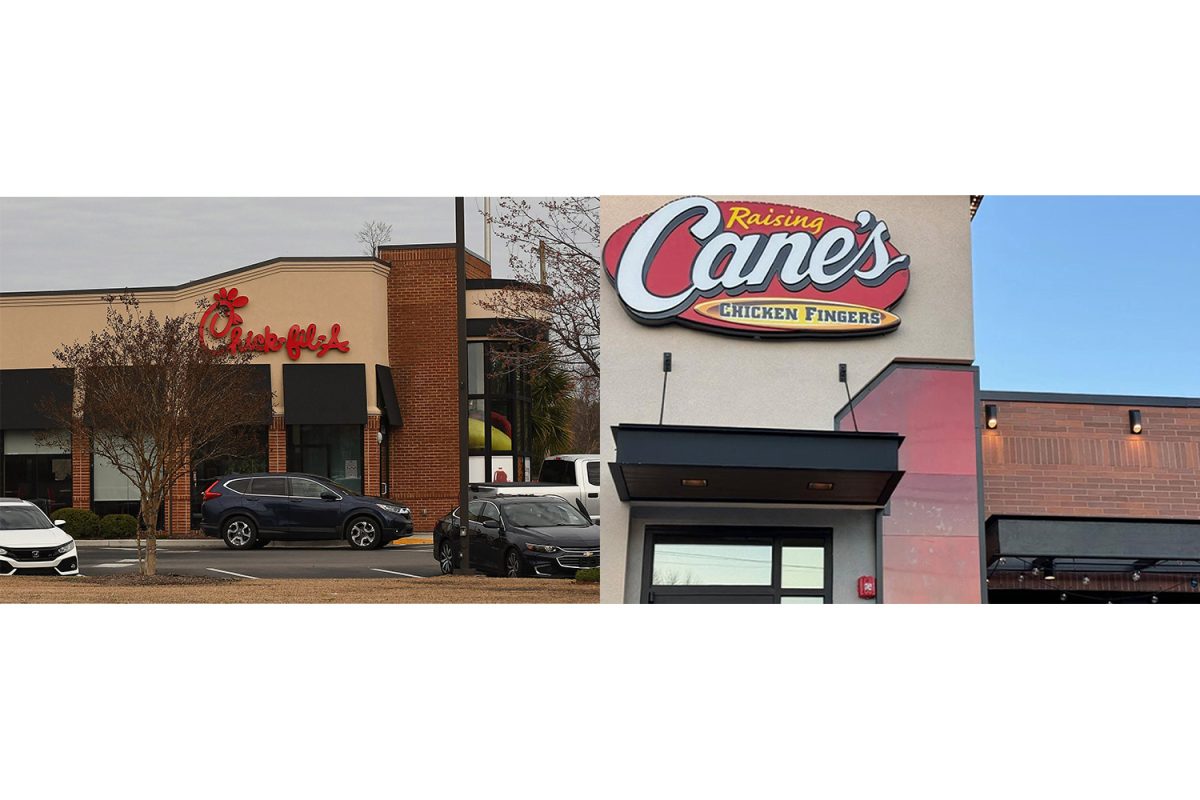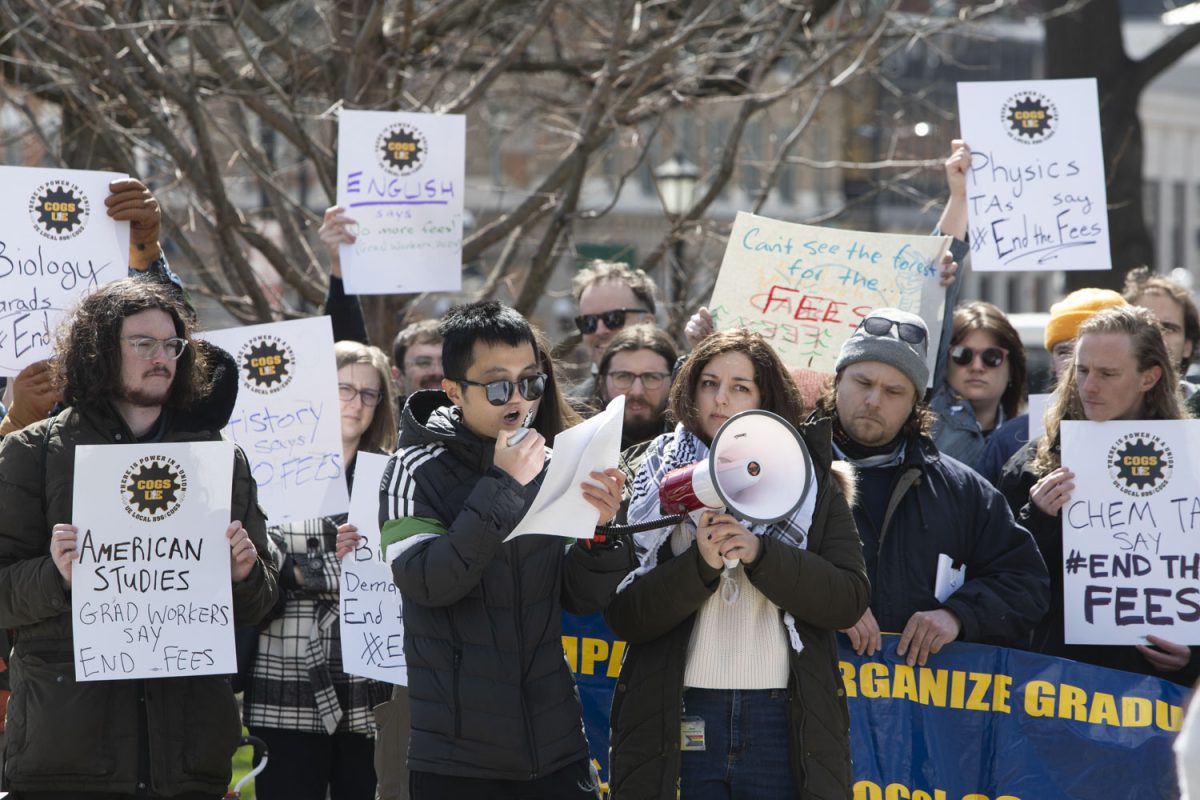By Zach Weigel
Last week, I wrote a column about how political polarization isn’t real. I made the case that Americans just think they are polarized because of a rise of identity politics and the breakdown of tolerant expression. To back up this claim, I cited partisan-affiliation statistics that show there are in fact more independents among the electorate than ever before, not more partisans.
Nevertheless, although it appears the populous isn’t as politically divided as we may think, recent research suggests that income distribution in our country is in fact quite polarized. This is an incredibly important finding, because economists believe that economic polarization is destroying the American Dream.
According to the Pew Research Center, the percentage of middle-income households (defined as those households earning between two-thirds and twice the median household income or $42,000 to $126,000 for a three-person household) has dropped from 61 percent in 1971 to 50 percent in 2015. Moreover, Pew finds the share of income going to middle-income households has fallen from 62 percent in 1971 to 43 percent in 2015. Thus, noting these significant changes in Americans’ income, Pew argues that we are experiencing a “hollowing of the American middle class” in which the share of those earning middle incomes declines while the shares of those earning low and high incomes grows. To put it another way, it seems today there are more poor and rich individuals but fewer middle-income earners.
This matters because economists postulate that the shrinking middle class is eroding the American Dream. Most of us are probably familiar with the rags-to-riches story of the American Dream in which anybody can climb the social ladder, but economists proclaim this is a false narrative. Stanford sociologists have found that in 1940, kids had a 92 percent chance to make more money than their parents (when adjusted for inflation), whereas today, 32-year-olds have just a 50 percent chance to make more money than their parents.
So if the American Dream is to climb the social ladder by doing better than your parents, it looks like this is becoming much more of a dream, seeing as only one out of every two people is likely to do so. Perhaps the trope of millennials living in their parents’ basements is all too true if half of them are doing worse than their parents.
What’s causing diminishing economic mobility you ask? Well, FiveThirtyEight estimates that 70 percent of the decline in mobility has been driven by income inequality, while the other 30 percent can be accounted for by slowed economic growth.
Specifically, in parsing income inequality, FiveThirtyEight opines that relative mobility (which measures the chances of advancing up the social ladder from one generation to the next) has been steady; however, absolute mobility (which measures the net increase in advances) is not rising. This means that income gains have not risen across the board; rather, they have been concentrated in those at the top. Specifically, the 2015 Economic Report of the President divulges that the country’s highest earners have seen average income raises of 35 percent while the rest of earners have seen negligible increases since the 1980s.
So maybe Sen. Bernie Sanders was on to something in proclaiming that the economy doesn’t work for all. At least the evidence leads us to believe so.
Nonetheless, in a post-truth world in which facts are often irrelevant, the facts may not be enough to persuade everyone that the American Dream is becoming more and more of a nightmare.









